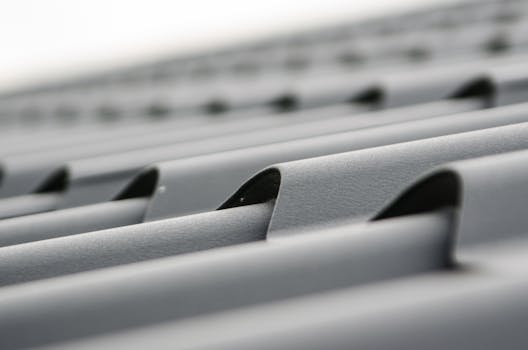How to Choose the Best Type of Roof for Your Home Depending on the Climate
Choosing the right roof for your home is a critical decision that can significantly impact your comfort, energy efficiency, and overall property value. One of the most important factors to consider is the climate in which you live. Different roofing materials perform better under specific weather conditions, and understanding these nuances can help you make an informed choice. In this article, we will explore how to select the best roofing type based on your local climate, providing insights, examples, and statistics to guide your decision.
Understanding Climate Zones
Before diving into specific roofing materials, it’s essential to understand the different climate zones. The United States is generally divided into four primary climate zones:
- Tropical: Hot and humid with heavy rainfall.
- Temperate: Moderate temperatures with distinct seasons.
- Cold: Harsh winters with significant snowfall.
- Arid: Hot and dry with minimal rainfall.
Each of these zones presents unique challenges and opportunities for roofing materials. Let’s explore the best roofing options for each climate type.
Best Roofing Materials for Tropical Climates
Tropical climates are characterized by high humidity and heavy rainfall, making it crucial to choose roofing materials that can withstand these conditions. Here are some suitable options:
- Metal Roofing: Highly durable and resistant to rust, metal roofs can effectively shed rain and withstand high winds.
- Clay Tiles: These are excellent for hot climates as they provide natural insulation and are resistant to mold and mildew.
- Asphalt Shingles: While not as durable as metal or clay, high-quality asphalt shingles can perform well if properly installed and maintained.
According to a study by the National Roofing Contractors Association, metal roofs can last up to 50 years, making them a long-term investment for homeowners in tropical areas.
Best Roofing Materials for Temperate Climates
Temperate climates experience a mix of warm and cold weather, which means roofing materials need to be versatile. Here are some effective choices:
- Asphalt Shingles: These are the most popular roofing material in the U.S. due to their affordability and ease of installation.
- Wood Shakes: Offering excellent insulation, wood shakes can be a beautiful option, but they require regular maintenance to prevent rot.
- Slate Roofing: Known for its longevity and aesthetic appeal, slate is an excellent choice for homeowners looking for durability.
In temperate regions, asphalt shingles have a lifespan of about 20-30 years, making them a practical choice for many homeowners.
Best Roofing Materials for Cold Climates
Cold climates pose unique challenges, particularly with snow accumulation and ice dams. Here are some roofing materials that excel in these conditions:
- Metal Roofing: Its smooth surface allows snow to slide off easily, reducing the risk of ice dams.
- Asphalt Shingles: When installed with proper ventilation, they can perform well in cold climates.
- Tile Roofing: Clay or concrete tiles are heavy and can withstand snow loads, but proper installation is crucial to prevent leaks.
Research indicates that metal roofs can reduce heating costs by up to 25% in cold climates due to their reflective properties.
Best Roofing Materials for Arid Climates
In arid climates, roofing materials must withstand extreme heat and minimal moisture. Here are some effective options:
- Clay Tiles: They are excellent for reflecting sunlight and keeping homes cool.
- Metal Roofing: Highly reflective metal roofs can significantly reduce cooling costs.
- Built-Up Roofing (BUR): Commonly used for flat roofs, BUR is durable and can withstand harsh sun exposure.
According to the U.S. Department of Energy, reflective roofing materials can lower roof surface temperatures by up to 30% in hot climates, leading to significant energy savings.
Conclusion
Choosing the right roofing material for your home is a decision that should be guided by your local climate. By understanding the unique challenges posed by tropical, temperate, cold, and arid climates, you can select a roofing option that not only enhances your home’s aesthetic appeal but also improves its energy efficiency and longevity. Whether you opt for metal, asphalt, clay, or slate, ensuring that your roof is suited to your environment will provide peace of mind and protect your investment for years to come.
